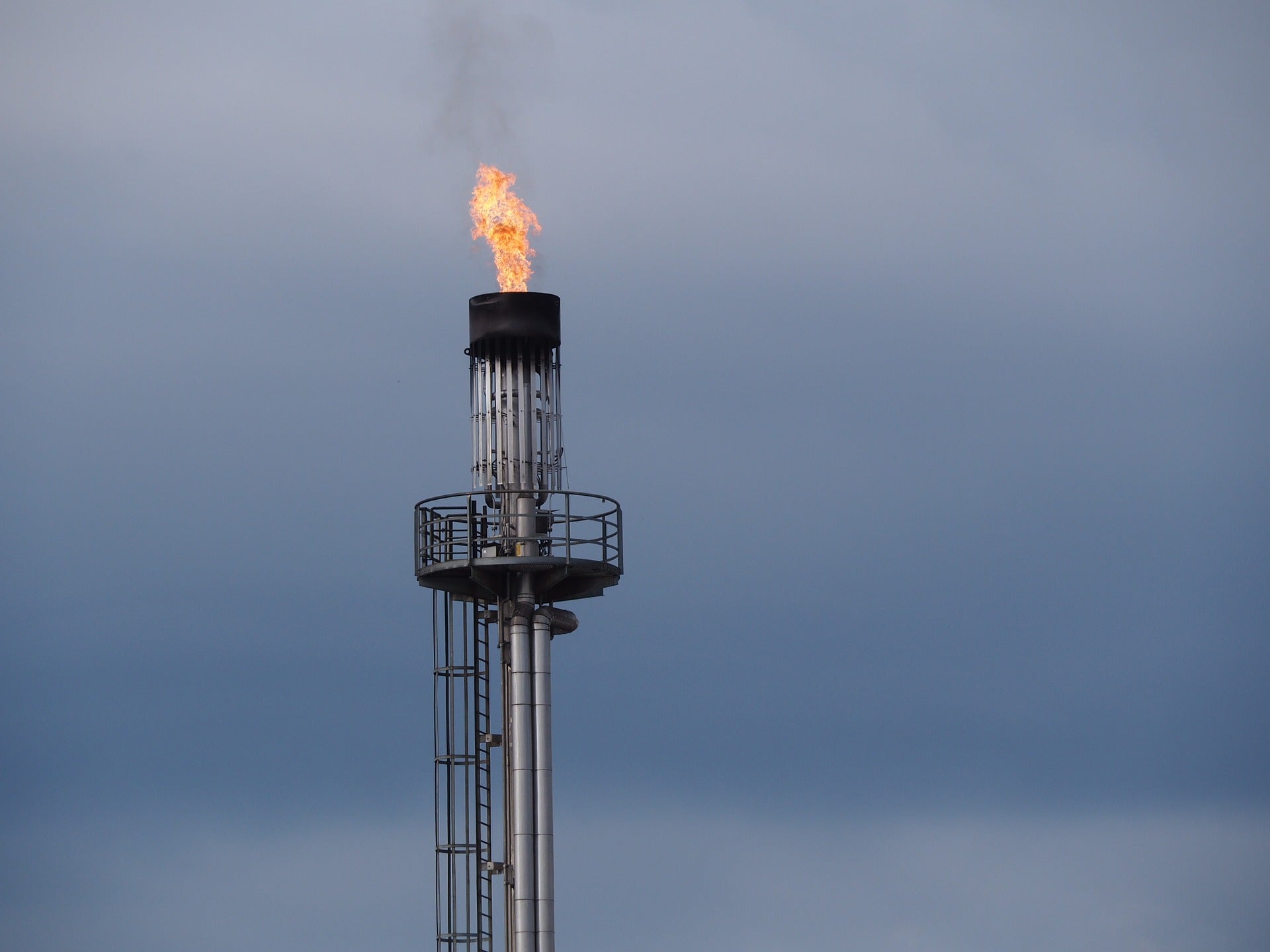
NextDecade has further postponed the final investment decision (FID) for its $15.7bn Rio Grande liquefied natural gas (LNG) project in the port of Brownsville, Texas, until the second half of 2022.
The project was originally planned to start LNG production in 2023, but has been deferred twice since 2020.
The company did not provide a reason for the latest delay.
The Rio Grande LNG project is expected to produce 27 million metric tonnes per annum (MTPA) at full capacity.
NextDecade previously stated that first phase of the project would have included a minimum of two liquefaction trains.
Commenting on the latest move, environmental group Sierra Club spokesperson Gabby Brown was quoted by Reuters as saying: “Pushing off their final investment decision by yet another year is only delaying the inevitable.
“We will continue to fight to ensure that this project is never built. NextDecade should accept reality and cancel this disastrous project once and for all.”
Royal Dutch Shell agreed to purchase two million metric tonnes per year of LNG from the proposed facility over a 20-year period.
Situated on a 984-acre site, the Rio Grande LNG project is one of the largest privately funded infrastructure projects in Texas.
In a presentation to investors, NextDecade said that the project is fully permitted to add five trains. It will have four 180,000m3 full containment LNG storage tanks, natural gas pre-treatment facilities, and truck loading facilities.
The project is also expected to be able to capture and store more than five million metric tonnes of carbon dioxide per year.



